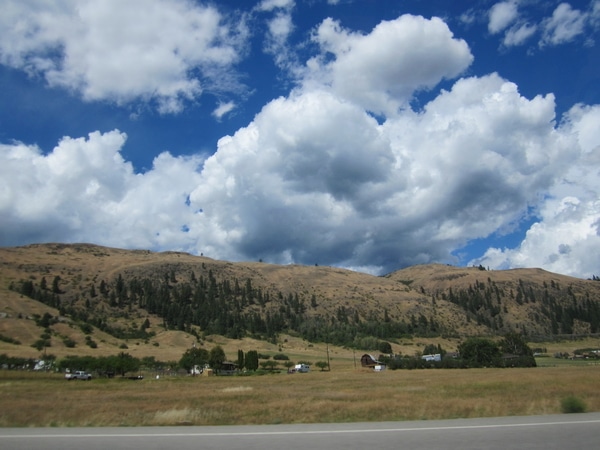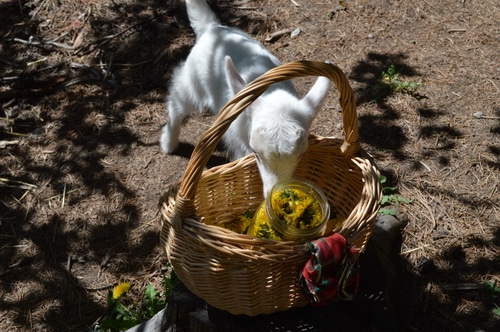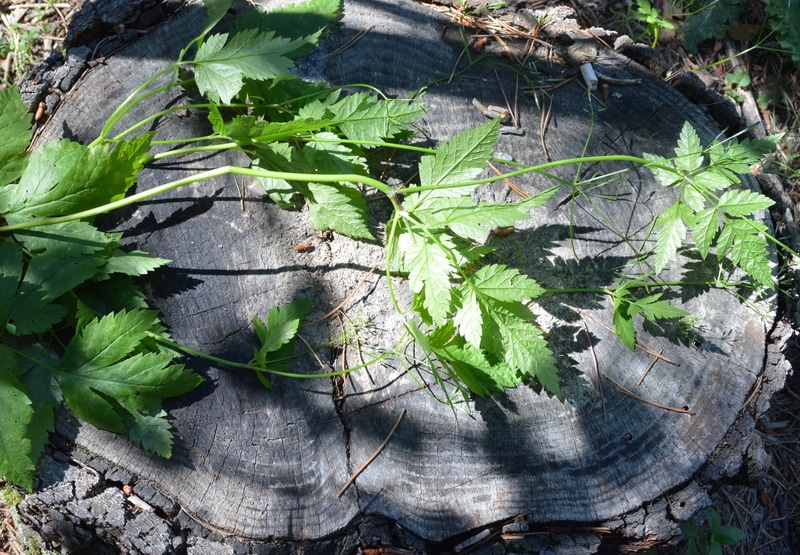Here are 10 tips to get you started shooting the kinds of outdoor photographs that you’ll be proud to share.
Taking attractive outdoor photos on the farm is not for the faint of heart. Harsh sunlight, animals that steal the shot, grungy backgrounds, the weather, and focal distractions can make a photoshoot fail. It’s no fun when you can’t find a single worthy shot from 30 minutes of camera time and 100 digital photos. I know I’ve been there.
The problem is that photos are not just for capturing milestones and memories today. For the full-time homesteader, photos are part of the business of farming. You need photos for blog posts, photos for your Etsy pages or online storefront, and photos for articles or press releases in newspapers and magazines. If you write a homestead blog, your audience needs beautiful photos to encourage sharing on social media. Social Media, like Pinterest, is driven by high-quality photos and you’ll get more shares if you can provide them. But if you are like me, you already feel overwhelmed with the garden, food preservation, taking care of lambs or calves, and cooking from scratch to spend hours learning to use your digital camera.

10 tips for farm photographs
Here are 10 tips to get you started shooting the kinds of outdoor photos that you’ll be proud to share.

Always shoot in the shade and avoid harsh sunlight
My wedding pictures were taken by an amateur photographer on a bright day, at noon, in a park by a lake. What can I say? My nose looks like a squash in the pictures and my eyes are just slits from squinting into the camera. Only the pictures that we took on the trail, in the woods, hiking into the lake, are soft and attractive. Harsh sunlight causes people to squint and flattens out a photograph. It changes the way colour appears in your picture. It requires a lot of light manipulations with the use of filters and reflectors to do it well. Instead, find a spot in the soft shade or dappled light where your subject can look wide-eyed at the camera.

Choose morning or evening for outdoor photography
The sun’s rays play beautifully with the atmosphere for a few hours after dawn and a few hours before dusk. This is an amazing time to capture landscape photos. It’s also the perfect time to take pictures of your livestock or special portraits of your family.
The sun is slanting at an angle and the light is the most attractive for taking pictures of people, too. In fact, the light at a 45-degree angle to the person is the most flattering light for the human face.

Choose an overcast day
The clouds on an overcast day make the perfect lightbox, softening shadows, and mediating colour. If it looks like it might rain, bring an umbrella. If it looks like a tornado, pick a different day. You’re looking for soft dove grey clouds but not purple darkness.
Use the flash-fill feature to light the subject while allowing the background to be lit with ambient light
On your digital camera, there are arrow settings that look like lightning bolts — one is for auto flash, one is to turn off the flash, but on some cameras, there is a third feature that allows the flash to go off when the lighting is adequate for taking pictures without the flash. Called the “flash-fill,” it lights the subject while allowing ambient light to light the background. This softens the shadows on the subject’s face and adds a beneficial pop of light to the subject’s face.
Look at the background before you click the shutter
Get rid of the clothesline with the unmentionables blowing in the breeze (um, did you see that photo? Oops.) and the dry branch just behind the subject that looks like it’s growing out of their head. Clean it up before you click the shutter. Further, add a bit of distance between your subject and the background to allow the background to softly blur. A good rule is to place the subject at least an arm’s length away from the background.

Farm photographs have their own challenges, like baby goats that photobomb the scene.

When taking people-shots focus the camera on the eyes
Our eyes are drawn to the eyes of a portrait, the window of the soul, so make them the focal point of your portraits. Focusing on the eyes softens the other features in the face, and blurs imperfections.
Choose your background for light and texture
Look for interesting textures for the background or interesting plays of light and shadows to create bokeh in the background of your photos. Bokeh is more than just blurring the background of your photo. Bokeh comes from the interplay of shadows and the blue sky or light peeking through. It also makes your subject pop. Play with it in your farm photographs.
Avoid power-lines, wire fences, and manure piles in the background
While you might notice the clothesline flapping in the breeze, you need to look beyond it to the environment. While an urban photoshoot might take the abundant power lines and razor wire as part of the ambience and culture of the photo, farm photographs look best without them. Try to avoid them if you can.

Take advantage of natural textures like stones, water, and wood in the background
Natural texture is amazing. Take advantage of rock walls, weathered wood, old barns, and water features to bring contrasting texture and give ambience to your farm photographs.

Use a faster aperture to photograph livestock and pets or children
While you give up some of the clarity in the photo, the higher speed means you’ll be less likely to end up with a blurry unusable photo. Your camera probably has an action setting or a special setting for taking pictures of children or pets. Don’t forget to change quality settings when you change the subject matter. The aperture automatically changes with the change in the quality settings. With a D-SLR camera, you have some manual control over the aperture as well. Get a good user guide like the ones I mention below to help you learn how to use aperture to your best advantage.

These are just a few tips that I remind myself of when I take pictures for the blog or to capture a memory. And I don’t always remember. I’m growing as a photographer and I certainly have a lot more to learn. Maybe you have some tips to share with me, too.
Farm photography helps
I found tremendous help when I purchased Nikon D3200 for Dummies by Julia Adair King (John Whiley & Sons, 2012). Another helpful book by the same author is Digital Photography for Dummies.
I’m using a Nikon D3200 digital SLR camera with a Nikkor 50mm f/1.8 lens.



Leave a Reply